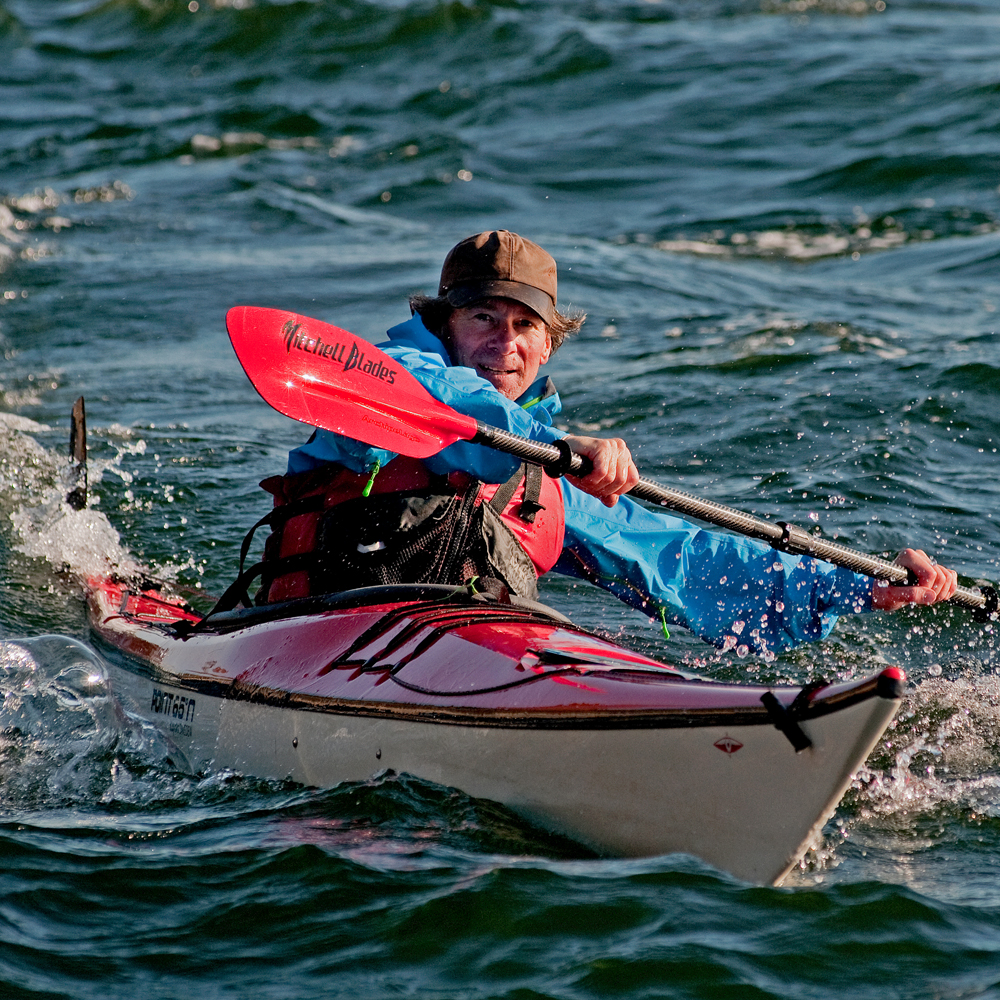The top 10 uses for a tarp: the lowdown on this fab sheet of functional fabric
A tarp is the ultimate piece of simple yet multifunctional equipment to include in your outdoor gear arsenal, with loads of potential backcountry uses
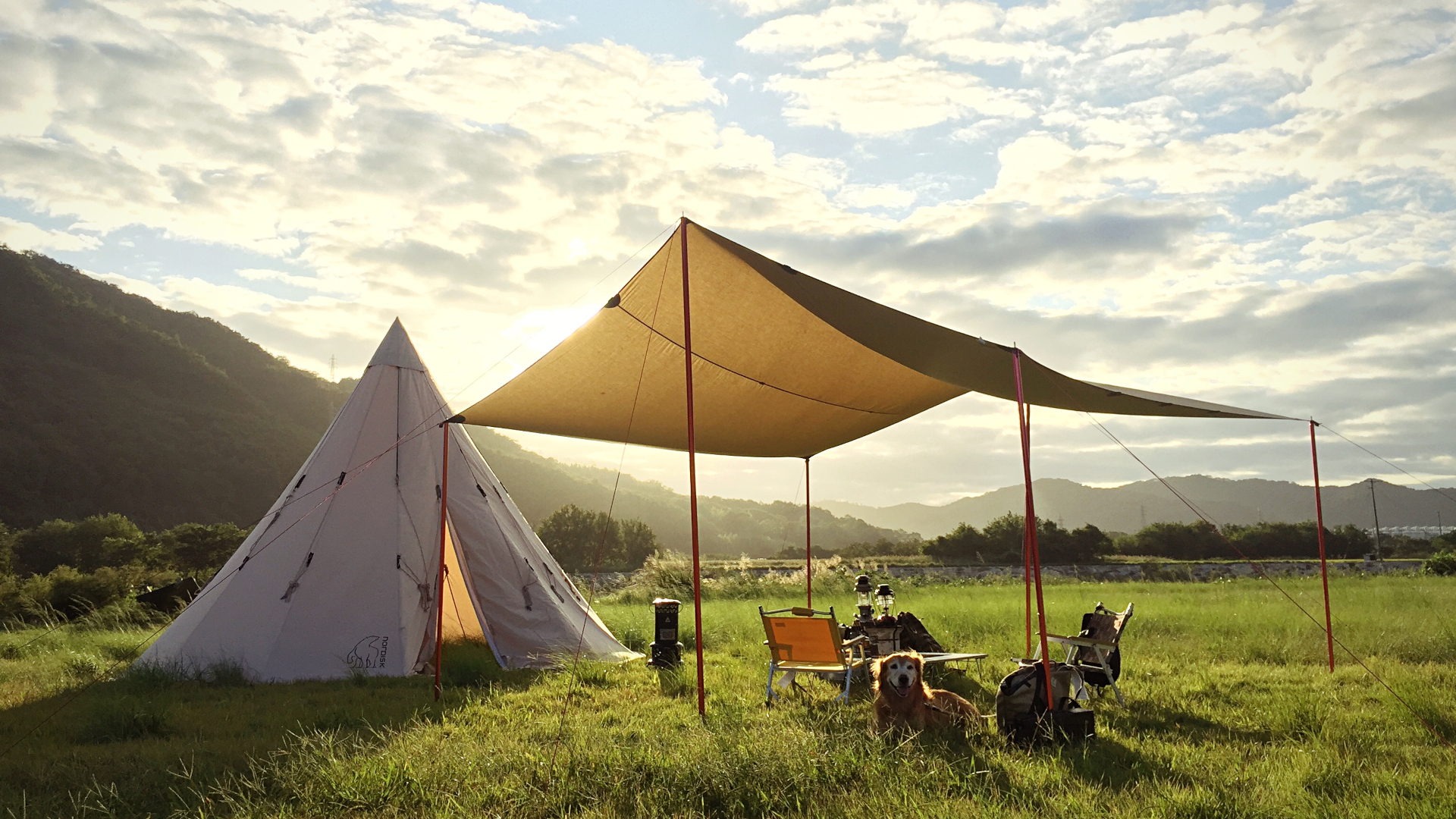
You're in the wilderness in a survival situation. If you had to choose just one piece of kit, what would you choose? The wise choice would be a large sheet of waterproof fabric or, to give it its common name, a tarp.
There uses of a tarp are many and varied. From providing shelter from the elements, protection from ticks and as a wrap around waterproof coat, to a funnel for collection drinking water, a raft for crossing a lagoon or a sail for the kayak, the humble tarp can perform a dazzling array of tasks.
And, there are plenty of other uses for a tarp in less extreme situations, whether you are planning a few nights lightweight – ie without a tent – sleeping out, going on day hike or even lounging on a beach. Not bad for something light enough to throw into a day pack and tough enough to survive hard travelling and usage. Here are ten ideas for getting the most out of the best tarp for camping, based on experiences, experimentation and weeks spent tarp camping in all seasons.
Meet the expert

Jasper's lifetime of travel has seen him utilize the humble tarp in various scenarios during his 'slow adventures'. Whether putting one to use on his paddle-powered pursuits or sleeping light under the stars, few people can boast the tarp-craft that Jasper wields.
1. Simple bivvy shelter
- A tarp can provide a reliable shelter for a bivy
- Make sure you've practised before setting out so that setup is quick and easy
- Air space under a tarp leads to less condensation but it's also a colder setup
- Ensure your sleeping bag is rated for the conditions you sleep in

One of the most obvious and simple uses for a tarp is a good ol’ bivvy shelter. It's a good idea to practise one or two reliable set-ups for a tarp shelter that will cover all situations. The kind of thing you can do on a dark, wet, windy night in unknown country. Your go-to configuration needs to be quick to deploy, reliable and provide effective shelter against wind and rain.
If hammock camping (check out our best hammocks), or ground sleeping where there are trees, I use a low ridge line set-up, with the tarp pegged out close to the ground. If there are no trees or the weather is stormy I forget the hammock and go for a wedge shape, pegging the tarp to the ground at the foot and along the sides and raising it with a walking pole at the head end, away from the wind, to create room to lie in. Air space under a tarp means less condensation, which is good but also means some loss of temperature, so for comfort you’ll need an under-mat and warmer sleeping bag than in a tent. If heading out in winter (see: How to go winter camping) or making a base for several days, I’ll carry a larger heavier tarp to create a ‘floor, wall and pitched roof’ design, providing a one-piece ground sheet, windbreak and a steeply angled awning to provide shelter under, behind and over me.
2. Fancy shelters
- You can create all kinds of interesting shelters using your tarp
- Use items like poles, paddles, bikes, walls and branches to give your shelter structure
There are numerous ways of pitching a tarp to make a sleeping shelter and once you’ve learned a few simple, reliable set-ups it’s fun and useful to practise more complicated tarp origami. Keep an open mind to the possibilities that a landscape’s natural and artificial features can provide, and be ready to repurpose other kit as supports.
Hikers can use trekking poles, and kayakers and canoeists paddles, to use as single and ‘A’ poles. Some touring cyclists demount their front wheel to use as a frame to make the mouth of a tunnel tent, though I've always found it quicker to just turn my whole bike upside down and string the tarp from that. Stone walls are easy to use for a lean-to build; wire fences provide less protection but work if you slope your shelter into the prevailing wind. If you’ve got a big, square-shaped tarp – 3 metres by 3 metres or more – you can create a neatly folded, fully enclosed tepee or pyramid tent (see: Types of tent), either supported by a central pole or suspended from a branch above.
Advnture Newsletter
All the latest inspiration, tips and guides to help you plan your next Advnture!
3. Collecting water
- You can use your tarp to funnel rainwater into water bottles or pots
- You can also use a tarp as a solar still
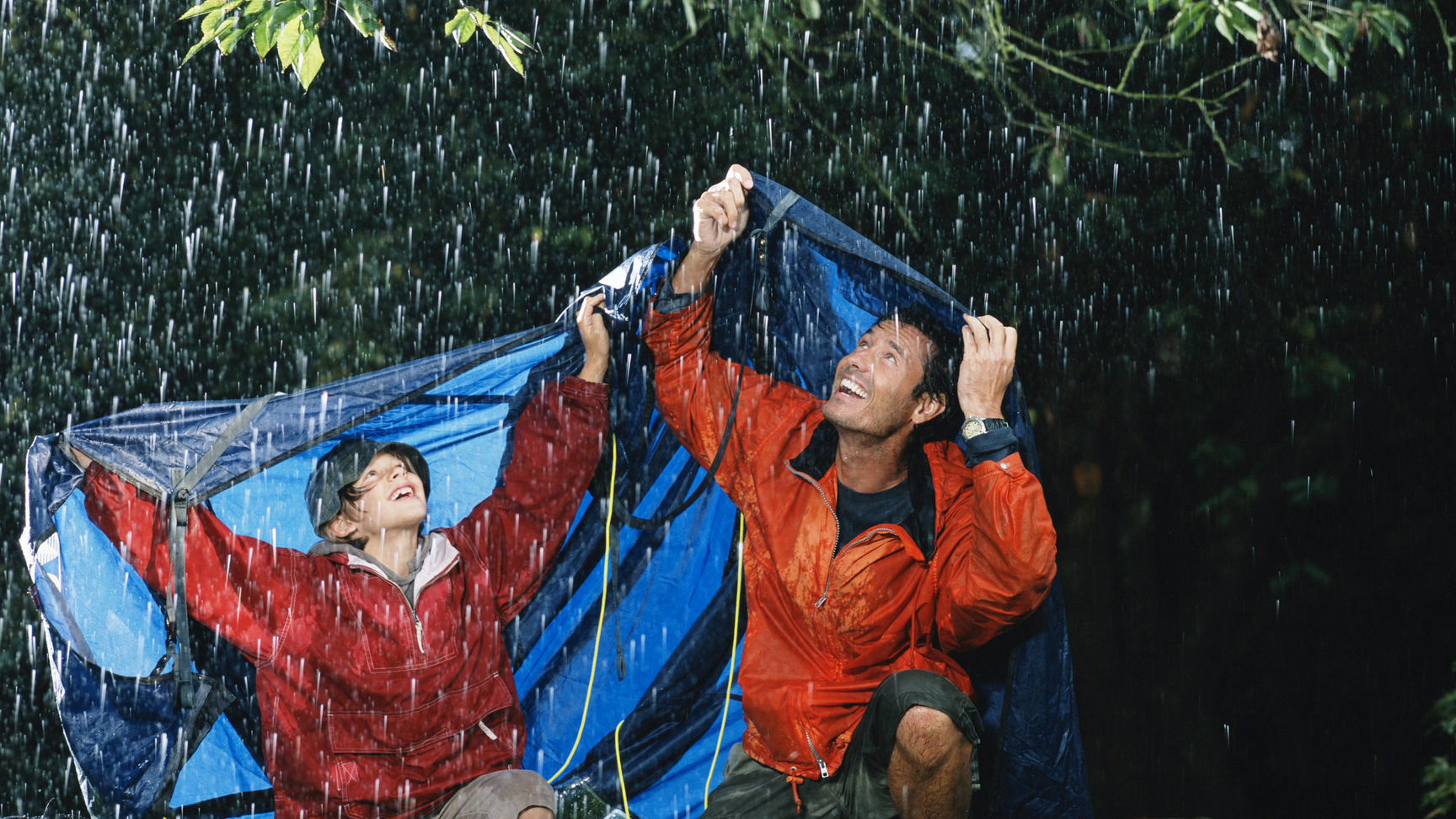
In a survival situation, shelter from bad weather will often be your priority, but water can be critical too. A steady downpour gives you time to set up a tarp so you can shelter underneath it while it gathers the rain and funnels it down to a low spot that funnels it into water bottles or pots. If you’re somewhere arid and there's a surprise shower of rain you need to be quick; spread out your tarp flat and use rocks, logs, sticks or spare kit to raise the edges and make a pool; you can bail out the water when the shower has passed.
Where there’s no rain it’s still possible to get water for hiking by using a tarp as a solar still; find a patch of humid ground, often in ‘dry’ river or stream beds, dig down to where the sand is damp, put a pot at the bottom, and then fix your tarp across the hole and weigh down the edges with rocks or sand. Finally put a stone in the middle so it pulls the tarp down above a pot you’ve set exactly below the centre point to catch the water that evaporates, condenses on the underside of the tarp and drips off the lowest point.
4. Groundsheet
- A tarp ground sheet protects you from ticks
- It's also easy to clean up any dropped food during mealtimes
Used carefully – you don’t want to puncture it or abrade any coating or otherwise lose its waterproof qualities – one of the best uses for a tarp is as a ground sheet. Though that’s nice for insulating you from damp ground, the real benefit comes from laying it over grass, bracken, dead leaves or any of the vegetation which are lovely to lie on but harbour ticks, which carry disease (see: How to avoid tick bites). Protecting you from ticks is very good, but there are other advantages in using an extemporised ground sheet; for example, when picnicking or sitting around in a campsite, dropped or spilt food is easier to scoop up off a tarp than out of sand or pine needles. On the down side, a tarp’s waterproofing can make it sweaty and hot if lying out in hot weather, so scoop out a few contours to accommodate your own contours, spread out the ground sheet and then cover with a light towel or sarong to create a beach or backcountry sun-lounger.
5. Secondary shelter
- A tarp can be used to extend the shelter of your base camp, however big or small
- It can act as a focal point of the camp for eating, cooking and lounging in the shade
A tarp has many camp possibilities when used to create an extra ‘room.’ At the simple end of the possibilities, if you’re a bivvy bag sleeper then a light tarp, (you could even cut one in half and save weight further), set up over your bag’s head, transforms it from ‘body bag’ into somewhere you can comfortably cook, read and sit-up in out of wind and rain.
With bigger tarps you can add useful extensions to your base camp property. Stretched out above a sleeping tent in summer, especially when there’s hot sun early in the morning, an awning can stop your tent heating up like an oven, as explained in How to stay cool while camping. Set above head height and you’ve got shade and a shower proof camp focal point for eating and lounging under. Stretch vertically between trees or walking poles on a beach and you’ve got a windbreak. Whilst it’s always useful having a weatherproof cover to store boots, backpacks, bikes or store boxes under.
6. Wet-weather clothing
- Many tarps are designed with two-in-one functionality
- They can be worn around the body in a downpour and function as a shelter come the night
- They also make a good emergency group shelter
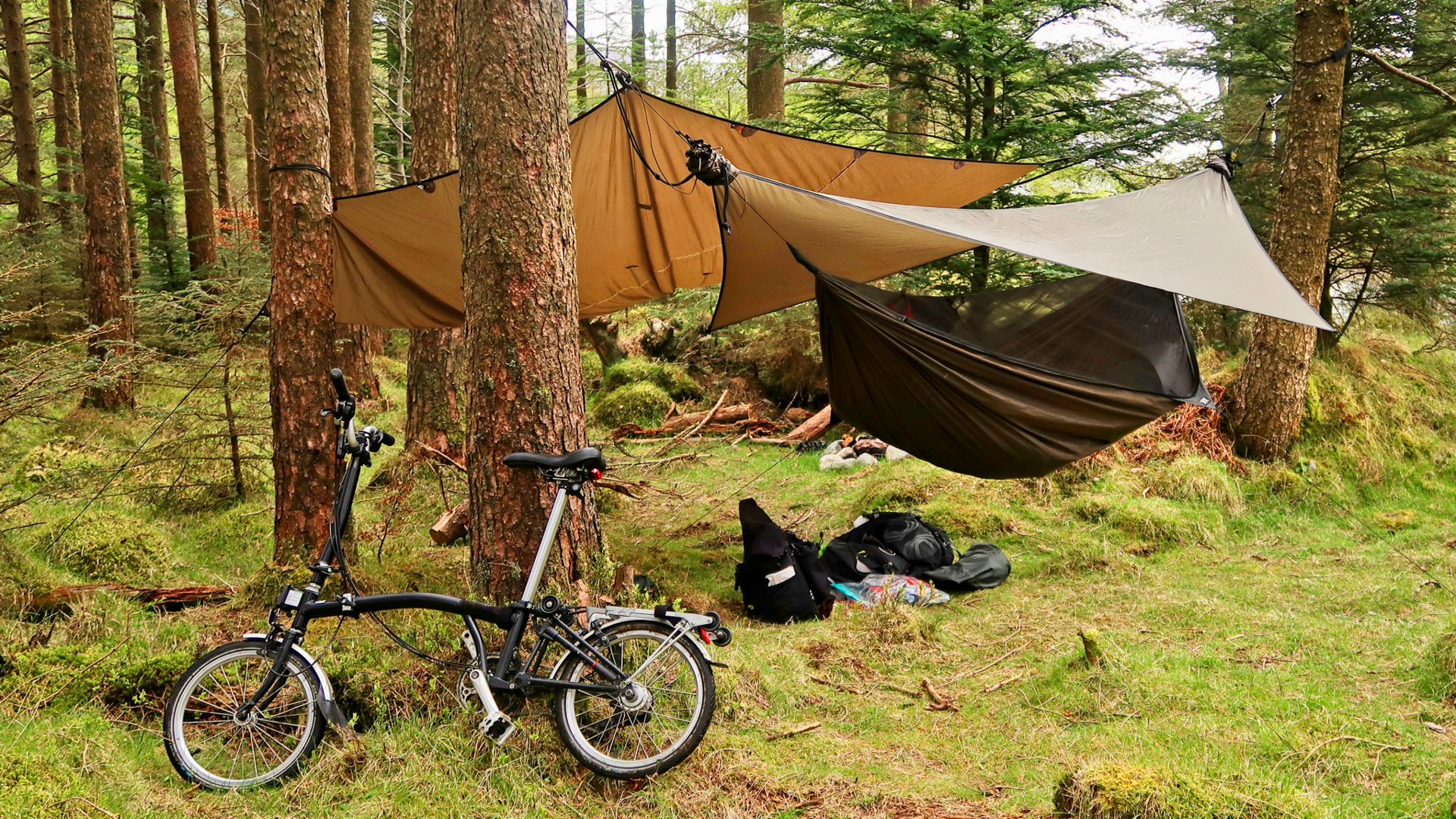
Military style poncho tarps and a few lightweight backpacker models are designed with two-in-one functionality. By day and when on the move they’re a good rain layer, with the ability to cover a backpack as well as your body. At night they can be guyed and pegged out into a basic shelter. In real world situations, persistent rain and strong winds will show shortcomings in both uses, but it’s a super light hack for minimalist hikers in milder climates (though I managed a 500-mile winter walk across Central Europe using a poncho tarp as my only bivvy shelter). An actual tarp is just as good in many ways, providing a more roomy bivvy at night and easy and quick to pull around and over yourself as a cloak if you need shelter during the day, though you’ll be wise to have good lightweight waterproof jacket and pair of trousers if the weather’s likely to be persistently bad.
In high and exposed ground situations a tarp can make an emergency group shelter; find somewhere protected from the wind and it’ll get several people out of the rain and, crucially, if they sit on ropes or backpacks as well, will preserve and share body heat.
7. Stretcher
- A tarp can be used as a stretcher in emergency situations if you have four or more able bodies
- Two people can also use a tarp in this way with the assistance of a couple of poles

While thinking of the best ways out of worst-case scenarios, remember that a strong tarp can be used as a makeshift stretcher. If you’ve got enough able bodies, (at least four, but preferably six), then you can make knots in the corners and folds along the long edge to use as handles. Carefully put the patient along its length and carry them out of danger. Wilderness First Responder training will help in making the tricky decision between when to keep a patient in place and send out for help or when one might need to evacuate someone as rapidly as possible for whatever reason; the same training will provide the know-how to move patients with minimum risk or harm. Two people having to move an injured third can still use a tarp stretcher but it’s made easier if they can then find two long trekking poles to roll the long edges of the tarp around to make an actual stretcher, with lengthwise stability.
8. Sail on a canoe
- A makeshift sail can leverage a following wind
- This is an extremely efficient way to travel
For canoeist and kayak paddlers, a following wind is a free ride, and a makeshift sail using a tarp can leverage that advantage hugely. An ‘A’ frame tied together from two sticks is the easiest way to make a mast; use cords from its top to the bow and to the stern to fix it in place and hang the sail from a crosspiece at the top, with cords from its two bottom corners acting as sheets; by angling the sail with these some steerage is possible – though not much – and, critically, you can release both instantly if a squall hits you or a capsize is imminent.
Once upon a time, on the lower reaches of the Danube on the border between Romania and Bulgaria, I felt a brisk following wind starting up, found a couple of sticks and set up my tarp-sail – by nightfall I’d done close on a hundred kilometres for almost no effort.
Brave or foolhardy cyclists with enough room ahead of them might exploit a following wind in the same way by wearing a tarp-poncho and using one arm as the ‘yard’ to spread out their sail, and the other on the handlebar ‘tiller’ to keep some semblance of control.
9. Raft or float
- Many traditional craft make use of a waterproof skin stretched over a frame
- If crossing lagoons, swamps or slow moving rivers, you can use such a method to transport your kit
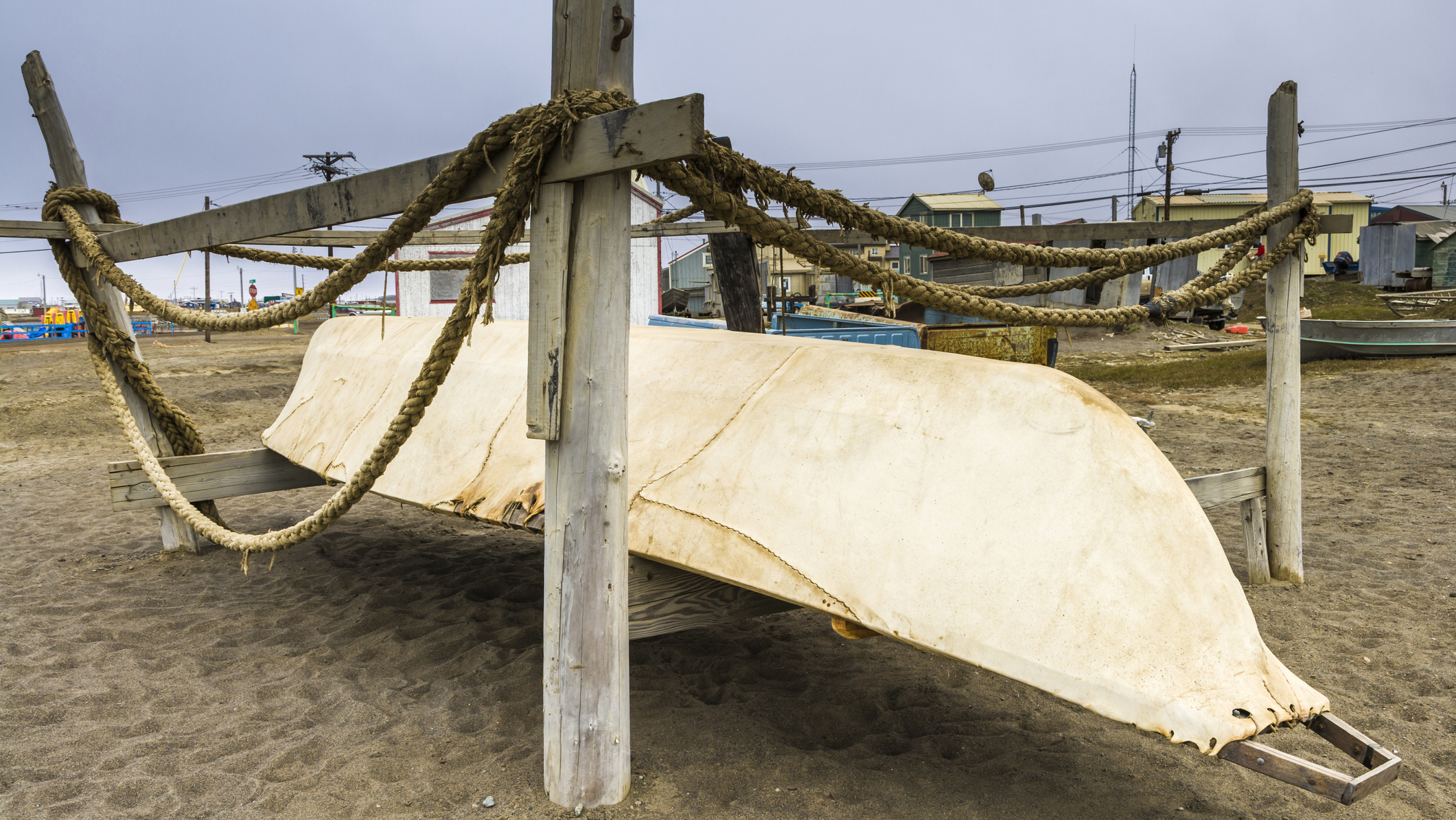
A waterproof skin stretched over a frame is the key to many traditional craft, from Canadian canoes to Irish currachs, Inuit umiaks and traditional kayaks. Quite a few explorers have used a tarp to make a float for equipment when faced with a stretch of water to cross. For most it was as simple as bundling kit into the centre of the tarp, pulling up the edges and tying them off at the top, adding reeds, light branches or dry bulky vegetation to increase volume and give more floatation.
If crossing lagoons, swamps or slow summer rivers, you’ll be wading or perhaps swimming using your raft as no more than transport for your kit (don’t rely on it keeping things inside fully dry), but I have constructed a coracle using a light hazel poles woven into a ‘basket’ skinned with a tarp pulled up and fastened around the rim hoop and was able to paddle my way across a wide shallow lake and stay dry. Remember, though, that getting into any fast flowing water or open sea, whether with a tarp float or in a homemade craft, is nearly always a terrible, and sometimes a fatal idea; you should be scouting up and down stream for somewhere safe to cross even if it adds many miles of dry-land walking. For more on this, check out How to cross a river.
10. Wildlife watching hide
- A tarp can disguise your outline, hiding you from wildlife
- If it rains, you'll stay dry beneath the tarp

One of the greatest pleasures I get from carrying a bushcraft tarp when outdoors is being able to make a hide for wildlife watching. It can be as simple as finding a tree to sit against and pulling the tarp over myself to disguise my outline; try to have it tight enough so that it doesn’t flap in breezes but still shapeless enough to look like a bush. Make a ‘tunnel’ to look through, so your face is far enough back to be hidden in gloom. Then wait. Set up before dawn, especially in a wood in spring time, and you’ll get both sound and vision; the dawn chorus and the chance to see, well, to see anything from badgers to sparrowhawks, wood mice to red deer. And if it rains there’s little more peaceful than being fully immersed in nature, listening to the rain drops and bird song, without actually getting wet.
After a wild childhood in west Cork, Jasper Winn began embarking on long cycles, walks, horse journeys and kayak trips across five continents – adventures he’s decanted into books, magazine articles, radio and television documentaries. Keen on low-tech but good gear, Jasper is an advocate of slow adventures by paddle, pedal, saddle, boot and sail. He has circumnavigated Ireland by kayak and cycled across the Sahara. Twice. Having ridden north-to-south across Algeria he discovered the only way to get back was to turn round and pedal north again.
